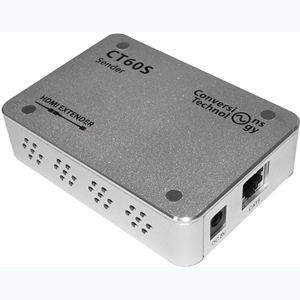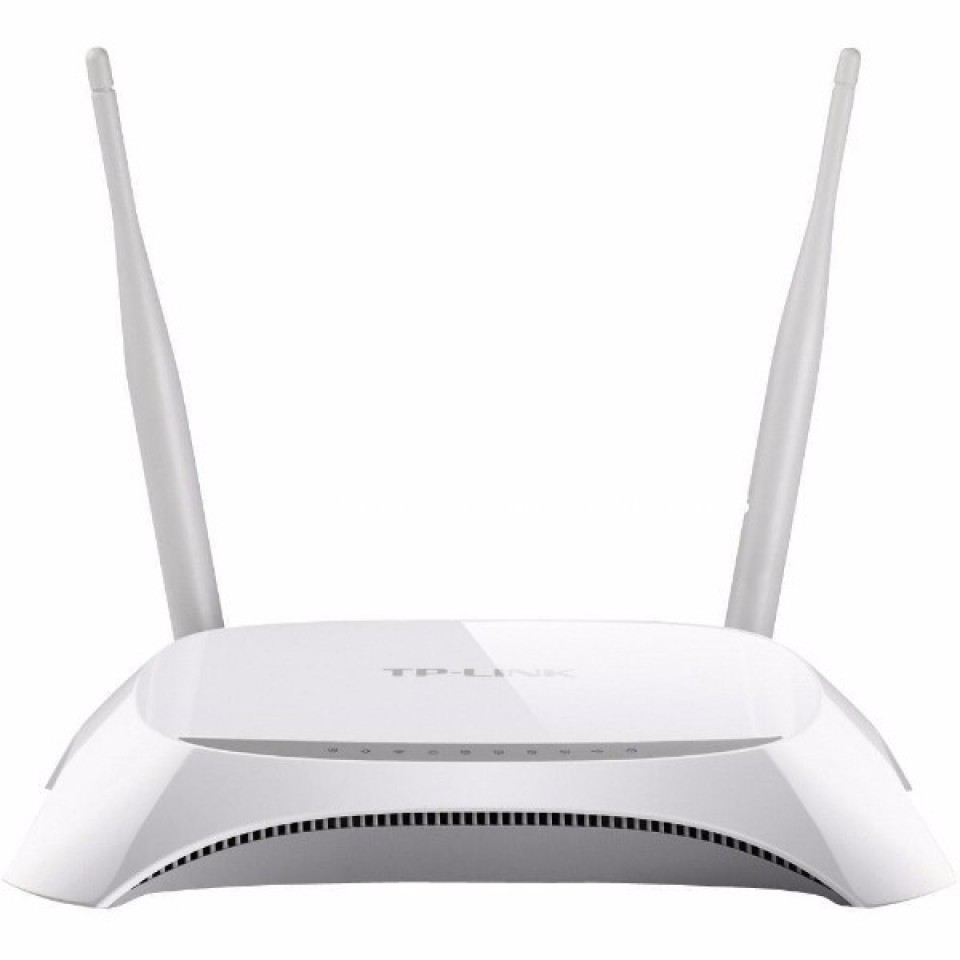I don’t remember any part of my childhood without computers. From painting things in MS paint, searching for things on Yahoo to now doing everything from mobile phones, and being super-dependent upon for everything Google, we all grew up.
We know all there is to do with computers but what do we really know about computers? Its components and especially the computer cables.
We All Know About The CPU, Its Parts, Mouse, Keyboards, Etc. But, Here In This Article, We Are Going To Talk About The Types Of Cables And Ports Computers Have, Their Features And The Best Ways We Can Use Them:
VGA Cables:
VGA stands for Visual Graphics Array. It is a type of cable which carries visual display data from CPU to monitor. It consists of cable and a connector at each end and is usually blue in color. One end of the VGA cable is attached to the port in the graphics card on the motherboard while the other port is in the display device.
When the computer is running, the video card transmits video display signals through VGA cable that gets displayed on the monitor. Additionally, it has been noticed, short coaxial cables with insulation provide better video quality.
HDMI Cables:
HDMI cable is a type of cable which is useful for transmitting high definition video and audio signals. Its full form is High Definition Multimedia and was developed in 2003.
Using HDMI cables, we can transmit audio and video signals without compromising the quality of either of them. You can connect cable boxes, TVs, DVD players, electronic devices, and many more. What’s so great about HDMI cables is that they can transmit audio as well as video signals at the same time.
The advantage of having HDMI cables is that they have an audio return channel which increases the speed and efficiency of signals.
With the current advancements in technology, HDMI cables support ethernet which provides internet connection. The ethernet connection does not affect the audio visual components of the cable at all.
DVI Cables:
DVI stands for Digital Visual Interface. It is useful to connect video sources to monitors. They provide high-quality images and are mostly useful in CRT monitors. It transmits digital and analog signals to computer systems. They are capable of digital as well as analog connections.
Here’s how you can differentiate:
The cable with four pins is DVI analog cable
And if they have only flat pins then it is DVI digital cable
Ethernet Cable:
An Ethernet cable is a computer network cable useful for wired networks. The ethernet cable connects switches, monitors, PCs, laptops to local area networks.
Length and durability of cable are important as it defines the quality of the signal. Because of this, today we have different types of ethernet cables in the market.
One end of the ethernet cable attaches in the Ethernet port and the other goes on the motherboard. The cables look similar to phone cables but have more wires.
PS/2 Cables:
It is a standard cable useful to connect mouse and keyboard with the computer system. The length of the PS/2 cable is long so that we can easily use the mouse and keyboard with the system.
There are a total of 6 pins in PS/2 cables and a round connector and they come in major 2 sizes. The smaller size is common cable but some adapters use it to convert into a larger version.
With the current advancements in this field, PS/2 Cables have turned into USB cables. They are now universal cables using which you can plug and play easily.
Audio Cables:
3.5mm audio cables are useful in computer audio applications. These can be useful to connect mini-stereo, audio devices, PC sound cards, or any CD player with multimedia speakers. We can also connect earphones and headphones to the system.
The green port is used for headphones and computer speakers. Whereas the blue port is for DVD and MP3 player, and the pink port is to connect microphones.
USB Cables:
The USB cable is a standard cable that is useful to connect universal devices or any personal computers. It is useful for short-distance communication. Transferring data via USB cables is easy. Nowadays, they are useful for charging devices like smartphones, Bluetooth speakers, and many more.
Final Words:
To make a computer work there are many things which go behind it. Cables and ports play one of the major roles in keeping your computers up and running. Knowing and maintaining them is necessary.
We at SFCable can help you with all your cable requirements and more. You can contact us here.
Source: https://www.sfcable.com/blog/complete-guide-to-computer-cables



























